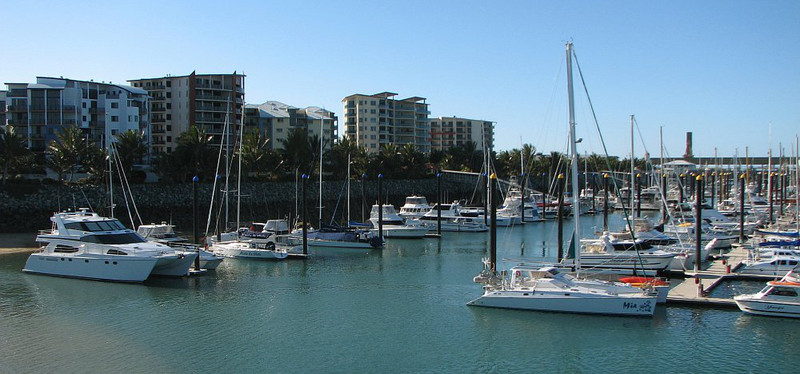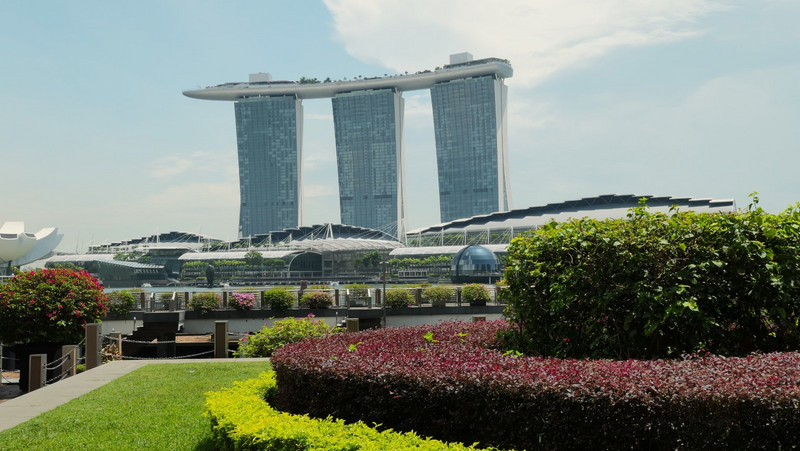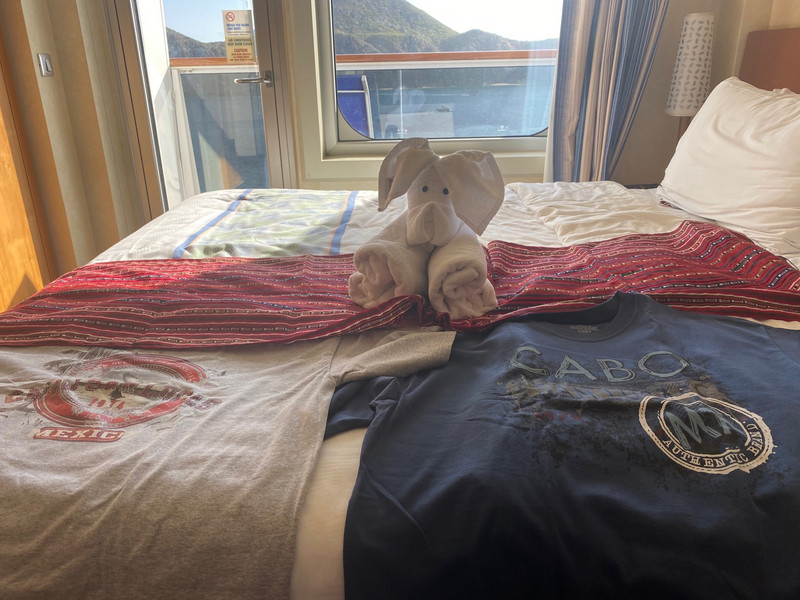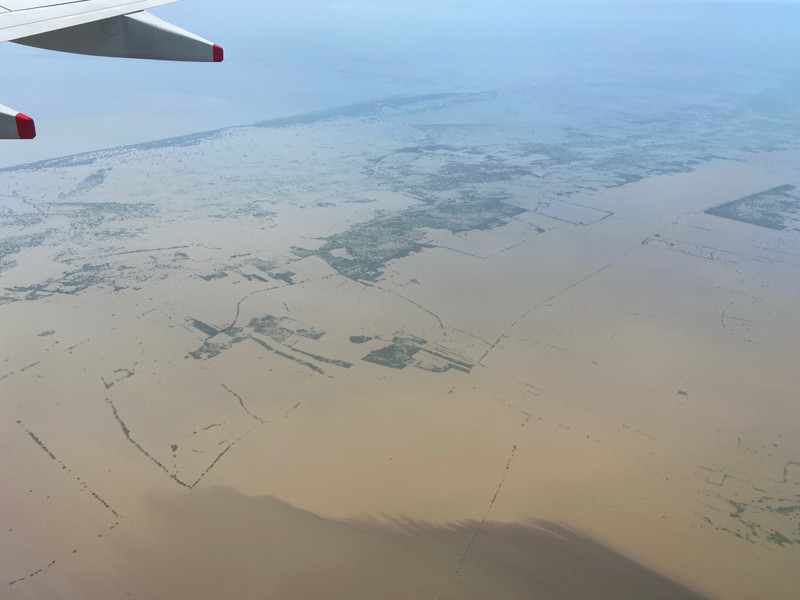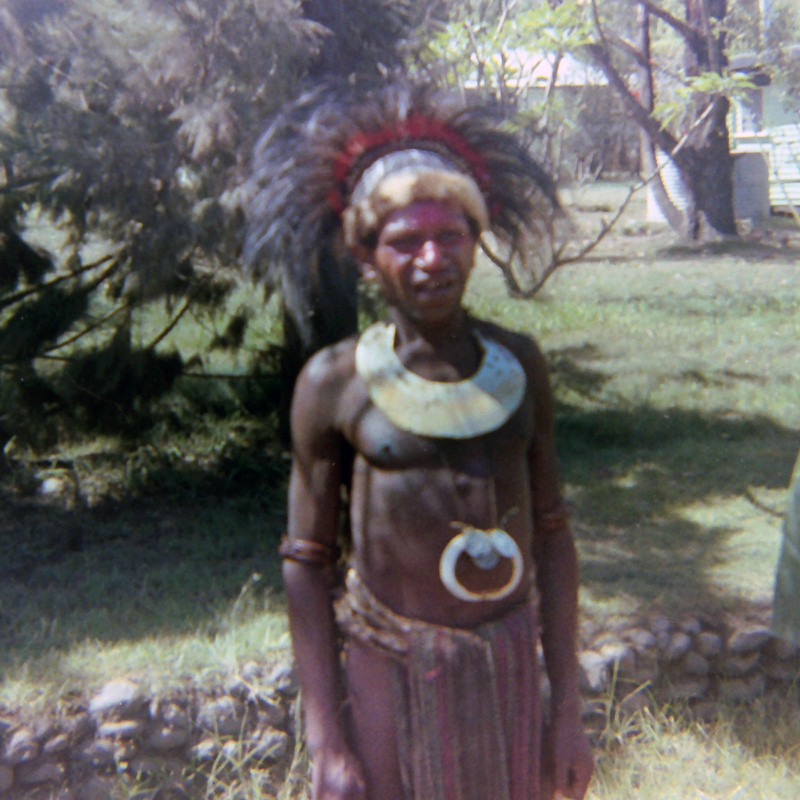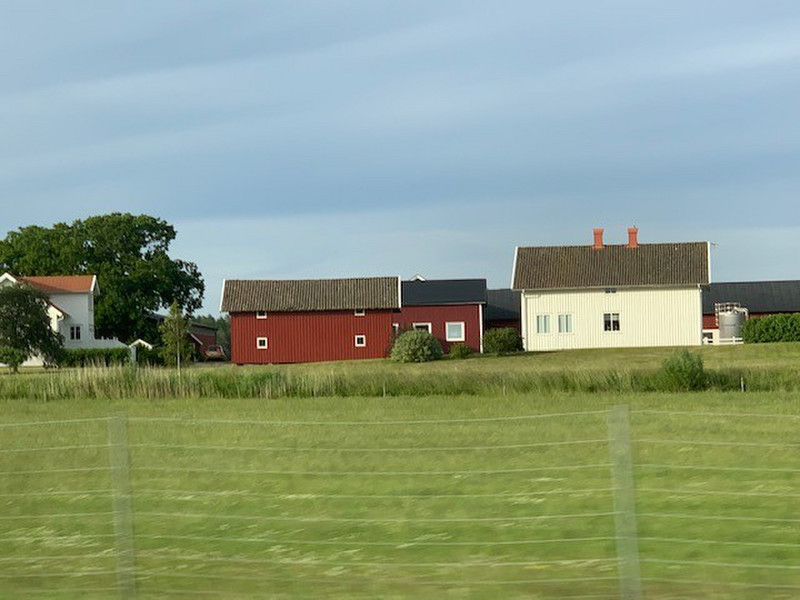We are only a few minutes away from Mount Scoria – musical mountain and have a great view of it from the caravan.
Mount Scoria rises up from the surrounding plain, a single and spectacular highlight against an otherwise flat landscape. Across its peak, rocks are regimented into large vertical and pillars or columns, blunt at the top as if theyd been cropped. Not only odd in shape, the columns are also unique for the sound they make when struck.
Still standing tall (150 metres) after 25 million years, Scorias exceptional staying power is due to the hard volcanic rock that lay at the core, exposed only after the softer surface had weathered away.
The work of a small volcano, the mountain is actually a basalt plug, one of only three in the world, and the dramatic, rocks the result of the cooling process. The columns cooled slowly and evenly, while the five, seven, or columns cooled much faster and erratically.
This small park in Queenslands brigalow belt contains open woodlands with poplar box, Moreton Bay ash, forest red gums, ironbark and small patches of brigalow. An open vine thicket
growing on rocky slopes towards the summit and around the base of the mountain is a relic of much wetter times. Mount Scoria also attracts birds and with to the area, the park is as a bird watchers delight.
Acacia known as brigalow is an endemic tree of Australia. It is found in central and coastal Queensland to northern New South Wales. It can reach up to 25m tall and forms extensive on clay soil.
As Moreen wasnt working and we didnt need to be on the property we decided to go to the ocean and stay in Gladstone overnight.
We went via Monto, Kalpowar, over the Great Dividing Range via Many Peaks to Littlemore, Miriam Vale, Agnes Waters, 1770, Calliope and then Gladstone where we stayed in an aparthotel overlooking the harbour.
Monto (pop 1,190) is a rural town and locality in the North Burnett Region, Queensland. Europeans settled in the area in the late 1840s, maintaining large pastoral
holdings at the northern end of the Burnett Valley. Gold unearthed along Three Moon Creek — a tributary of the Burnett River — in the 1870s attracted further settlers. The original site of the diggings, 30 kilometres north of Monto, has since been flooded by construction of Cania Dam. With dwindling gold reserves, Monto turned its economy towards farming and logging, two of the regions major industries today. Deposits of thermal coal and limestone have been discovered in the shire.
Tourism is also a major industry in the region. Besides being a major highway town, the chief local attractions are Cania Gorge National Park and Cania Dam, which we wanted to visit on another day out but never did.
Monto has also added to its attractions as being (as of July 2020) the most northerly silo art installation in Australia. Its Three Moons silos depict several stories of the past, including the era of gold mining, cattle mustering and The Dreamtime. It also has a mural on an old water tower.
Monto was once the centre of a thriving dairy industry, with more than 400 dairy farms in the area, but deregulation in the 1990s changed
From here we took a back road over the Great Dividing Range and down to Miriam Vale via tiny This was, in places, extremely steep but had great views and we saw part of the mountains not many people get to see. We do like to travel on lesser known roads when not towing the van and have been to soom fabulous places.
Miriam Vale (pop 515) is on the Bruce Highway and is renowned as a traditional cattle growing area, and also supports timber, beef and dairy cattle. Tourism is an emerging industry within the shire and the town is a gateway to the tourist resorts of Agnes Water and the Town of 1770.
The timber industry has roots in the late 19th century, with early timber cutters working along the Bobby Range cutting hoop pine.
